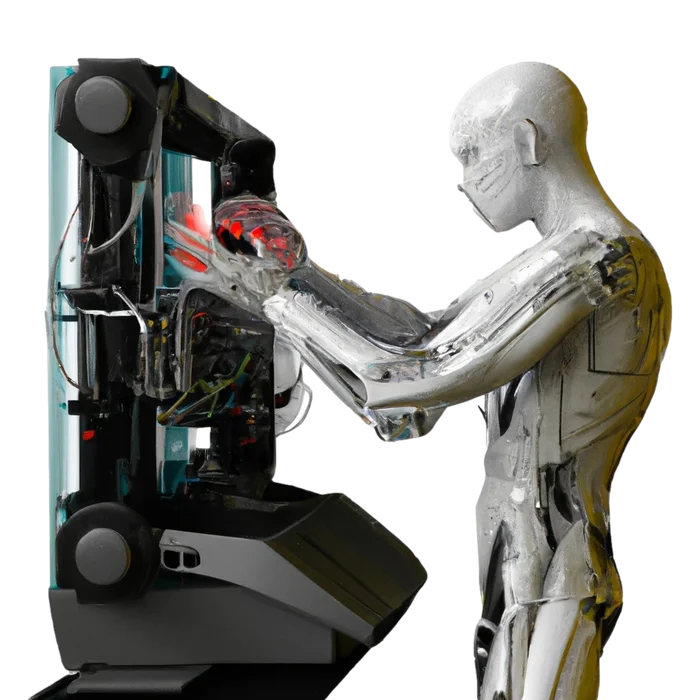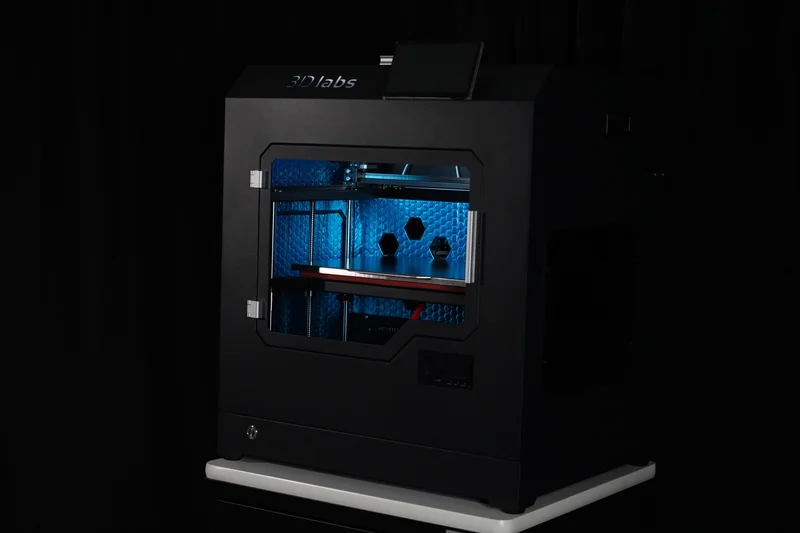
The evolution of AI in Additive Manufacturing
With recent leaps and bounds in AI technology, such as ChatGPT, are jobs in manufacturing and tech really threatened? We take a hard look at this question, and present arguments as to why we believe this will actually do the opposite.
As artificial intelligence (AI) and machine learning continue to advance, one of the biggest concerns among many people is the potential for job loss. One area that has seen a lot of attention in this regard is the field of manufacturing, where the integration of AI and 3D printing technology is becoming increasingly prevalent.
While it is true that the use of AI and 3D printing technology can lead to some job loss in the manufacturing industry, it is important to understand that this is not necessarily a bad thing. For example, many manufacturing jobs are tedious and repetitive, and can be easily automated. By using AI and 3D printing technology to handle these tasks, companies can free up their human employees to focus on more complex and rewarding work.
One 3D printer that is making waves in the industry is the 3D Labs HTX. This cost-effective high-temperature 3D printer is specifically designed to handle engineering grade and high-temperature materials such as ABS, PEEK and PEI. These materials are commonly used in industries such as aerospace, automotive, medical and oil and gas, where high strength and durability are essential. The 3D Labs HTX is a game-changer for these industries, allowing for the production of complex and customized parts that were previously impossible to manufacture using traditional methods.

Furthermore, even as AI becomes more advanced, there will always be a need for human subject matter experts to independently audit the AI's output. This is because AI, while extremely powerful, is not infallible. Humans will always be needed to provide a check and balance, to ensure that the AI is providing accurate and appropriate responses.
Additionally, as AI and 3D printing technology advances, it will open up new opportunities for human workers. For example, as more and more tasks are automated, there will be a greater need for people who can design, develop, and maintain the AI and 3D printing systems. This will include roles such as data scientists, AI engineers, 3D printing experts and machine learning experts, among others.
Another non-threatening idea is that, AI and 3D printing technology can help humans to do their jobs more efficiently, which will lead to more productivity, and ultimately more business growth. This can lead to more job opportunities and higher wages.
Finally, it's important to remember that AI and 3D printing technology are not replacements for human intelligence, but rather tools that can be used to augment it. While some jobs may be lost, others will be created, and overall, the net effect will likely be positive. It's important to approach the advent of AI and job loss with a sense of perspective and optimism, rather than fear and xenophobia.

Really interesting take on AI as a threat. How do you think it will help the industry as a whole?
Hi John, Thanks for the kind comment. We believe it'll impact the AM industry in 3 key areas: Print efficiency and quality improvements, speed, and user education. Through enhanced AI monitoring our firmware can adjust things like print speed, temperatures, and acceleration on the fly in response to opportunities for improvement by the local AI system. This results in improved print quality on the fly, and the more prints you do on the machine, the better it gets.